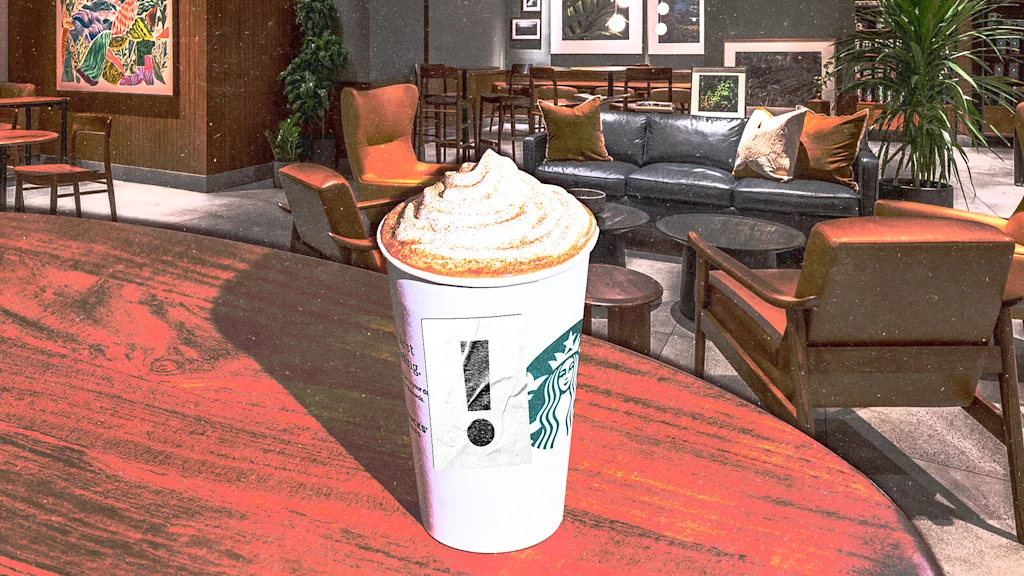
"As Starbucks CEO Brian Niccol explained in an earnings call, the pickup-only stores have a "transactional" feel, lacking "the warmth and human connection that defines our brand." While Niccol also touted the mobile-order options at its traditional coffee shops, I see Starbucks's move as an attempt to return to its roots as a " third place " -a destination between home and work where people can gather and connect."
"In general, coffee shops attract two distinct customer segments. The first are what I call "stay-and-savor" customers-people who mostly use the site as a place to meet others or work. Their primary interest is in the space, not the mocha or muffins. The second are "grab-and-go" customers-people who want a consistent product, delivered efficiently. They don't linger at the store, so the place is less important to them than convenience, speed, and product quality. Think of the morning rush at your local coffee joint."
"Starbucks's pickup-only stores, branded as Starbucks PICK UP, cater to grab-and-go customers. If you don't live in a busy area, you might never have heard of the brand: There are fewer than 100 Starbucks PICK UPs, many in densely packed cities. In contrast, there are about 17,000 sit-in Starbucks stores across the United States. That means the company's plan will affect just 0.5% of its locations. That's not very much."
Starbucks plans to phase out mobile-order pickup-only locations beginning in 2026 to reduce a transactional feel and restore warmth and human connection. Pickup-only sites target grab-and-go customers who prioritize speed, consistency, and convenience. Sit-in stores serve stay-and-savor customers who value space for meeting, working, and socializing. There are fewer than 100 pickup-only locations versus about 17,000 sit-in Starbucks stores in the United States, so the change affects roughly 0.5% of locations. The pivot prioritizes the brand's role as a third place and creates trade-offs and opportunities for competitors focused on efficiency.
Read at Fast Company
Unable to calculate read time
Collection
[
|
...
]